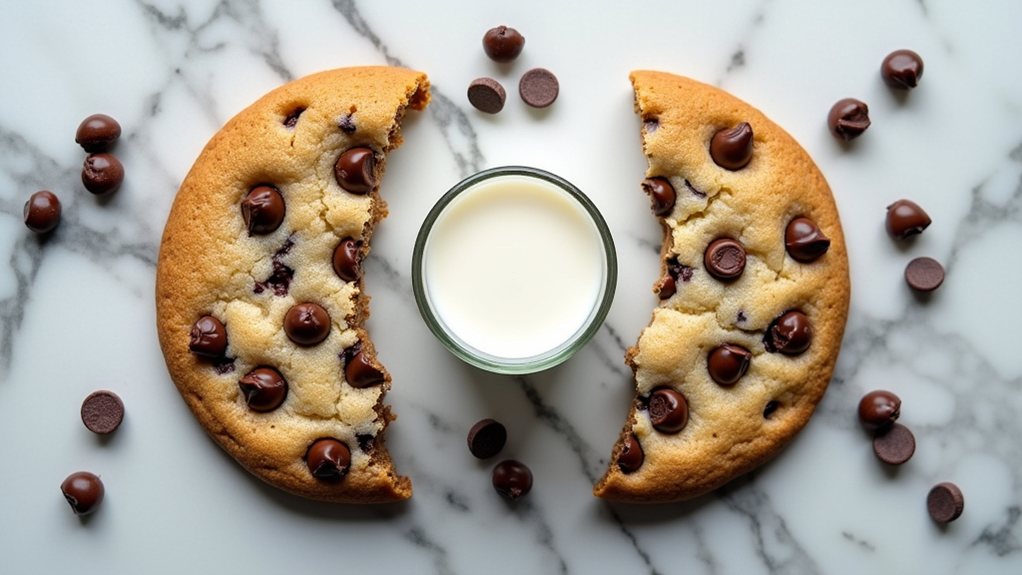Japanese knives are true objects of beauty but they are also incredibly practical in the kitchen.
Although Japanese kitchen knives are usually much greater quality than other knives, they also require occasional sharpening.
As Japanese knives are expensive, it’s important that you treat them with great care, especially during the sharpening process.
We take a closer look at how to sharpen your Japanese kitchen knife.
How To Sharpen Your Japanese Kitchen Knife?
When it comes to sharpening expensive Japanese knives, you will need to use the right method.
While you can sharpen other knives with a honing rod or an electric sharpener, Japanese knives require more precision so not to cause damage to the blade.
That’s why, the best way to sharpen a Japanese knife is with a whetstone. You can use a whetstone for both double-bevel kitchen knives and single bevel kitchen knives.
Amazon Best Selling Knife Sharpers
Prepare The Whetstone
When you are sharpening your Japanese knife with a whetstone, then it’s essential that the whetstone surface is level.
First, splash some water onto the surface of the stone if you are using a fine whetstone.
If you are using a medium or rough whetstone, then make sure that you soak it with water up to 15 minutes.
For any synthetic whetstones, you also need to soak them in water for a minimum of 10 minutes.
There shouldn’t be any bubbles coming out of the stone when it is fully soaked and ready to be used.
Next, make sure that your whetstone is on a stable surface, such as a table. It’ a good idea to put your whetstone in a wet cloth or towel as this will prevent the stone from slipping.
Also bear in mind that you need to have enough for your knuckles to move when you are sharpening the knife, so a raised surface would be ideal.
Find The Best Sharpening Angle
Once you prepared your whetstone, you are ready to pick up your knife. It’s important that you hold your knife correctly with the grip, so you don’t hurt yourself or damage the knife.
The right way of holding your Japanese knife when sharpening is by letting your index finger rest on the knife spine and your thumb should sit on the flat area of the knife.
The other three fingers of your hand should hold the knife handle firmly. You also need to make sure that your upper body is relaxed, in order to sharpen the knife without damage.
As a rule of thumb, the best sharpening angle for a Japanese knife is between 60 degrees and 70 degrees.
While you can opt for a narrower angle, you need to make sure that the angle is consistent at all times during the sharpening process.
The right angle is vital for the sharpening as it will impact how sharp the edge of your knife blade will be.
Sharpen Your Japanese Knife

Time to start sharpening your kitchen knife. Just use the three fingers on the knife handle to gently press down on the stone.
You will need to apply some pressure while moving the knife forward on the stone, and release the pressure when you are navigating the blade backward.
Make sure that you maintain an even pressure level and a consistent angle. This will result in a more even blade.
Continue to move the blade across the stone surface until it is sharp.
Sharpening A Single-Bevel Kitchen Knife
Different types of Japanese knives require a slightly different sharpening technique due to their various bevel designs.
Single-bevel knives have a so-called shinogi line where is the area where the knife blade tapers towards the knife edge.
As this line is essential for cutting food, you need to ensure that you do not remove this line when you sharpen your single-edged knife.
You will also need to look out for the slight arching of the knife back, if the knife is a deba, usuba or yanagi kitchen knife.
You should only sharpen these knives until you can feel a slight burr on the reverse side of the knife blade.
Sharpening A Double-Bevel Kitchen Knife
It’s a good idea to familiarize yourself with your Japanese knife before you get started with sharpening. Double-bevel knives, such as the santoku or gyuto, are slightly different to your standard kitchen knives.
With this type of Japanese knife, you will need to sharpen the area that runs from the knife edge to the shinogi line.
Similar to other kitchen knives, you will need to ensure that you use the right sharpening angle.
Experts recommend a sharpening angle between 10 degrees to 20 degrees for double-edged knives.
Bear in mind that you can go for a narrower angle and your blade will be sharper but also much weaker.
When Should You Sharpen Your Japanese Kitchen Knife?
There is no exact time when you should sharpen your knife but the majority of chefs usually prefer to sharpen their professional Japanese knives when they feel blind.
Saying this, high-quality Japanese kitchen knives (see also ‘10 Sharpest Kitchen Knives, According To Testing‘) should be sharpened while they are still relatively sharp.
While this might sound odd, there is a good reason for this. When a knife is still sharp, then you don’t spend as much time to bring it back to its original sharpness.
However, if your knife is too blunt before you start sharpening it, then it can take quite a lot of time and effort to restore the knife’s original sharpness.
As a rule of thumb, most double-bevel kitchen knives that are used daily, they should be sharpened every couple of days.
If you are not sure whether your Japanese knife needs sharpening, then you can do a simple paper test.
Just cut a piece of paper with your knife. The paper shouldn’t tear. If it does, then your knife requires sharpening.
Final Thoughts
Japanese knives may stay sharp for a while but they should be sharpened with a whetstone frequently to keep a good cutting quality.



![Longzon 4-in-1 Knife Sharpener [4 Stage] with a Pair of Cut-Resistant Glove, Original Premium Polish Blades, Best Kitchen Knife Sharpener Really Works for Fruit Knife and Steel Knives, Scissors](https://m.media-amazon.com/images/I/41eHbsmOJaL._SL160_.jpg)






